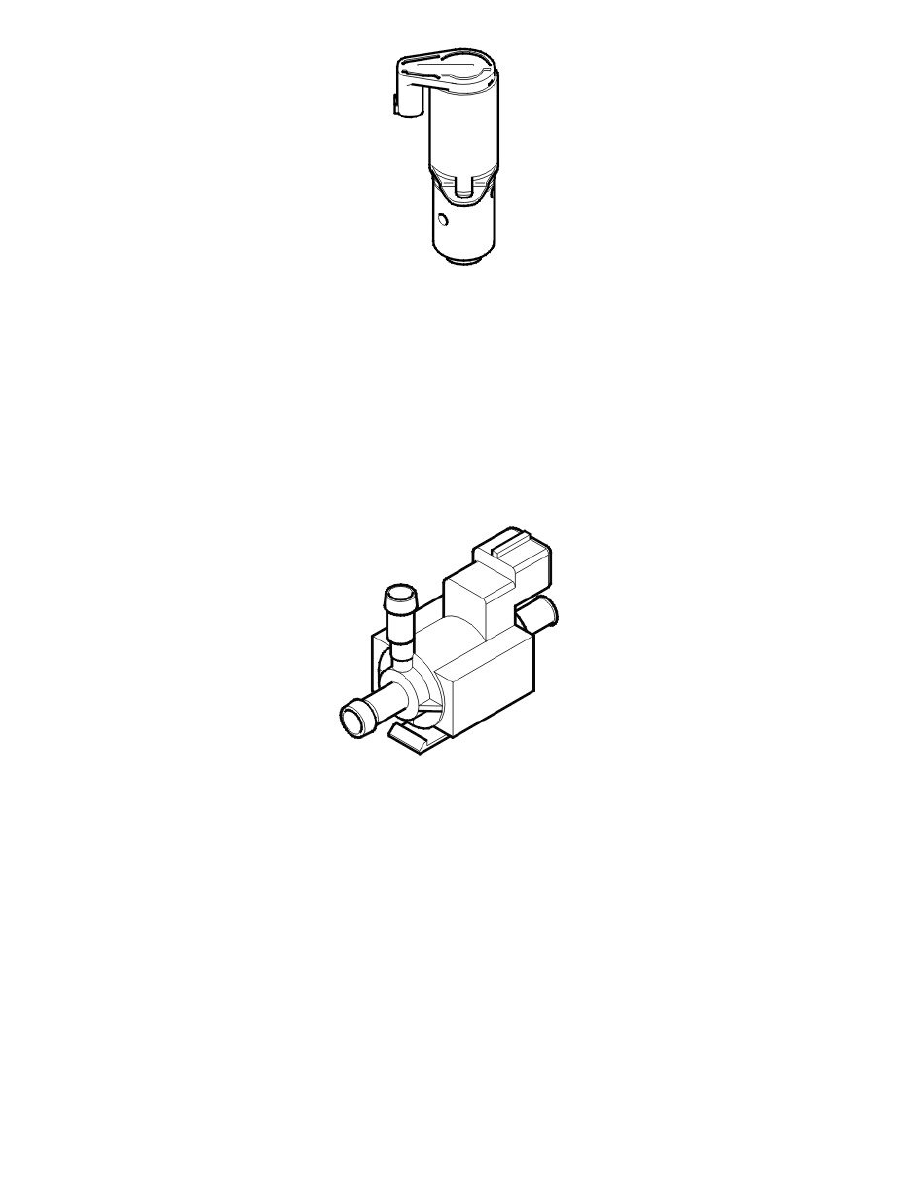V50 T5 AWD L5-2.5L Turbo VIN 67 B5254T7 (2008)

The camshaft reset valve controls the oil flow to the CVVT unit (camshaft pulley).
The valve consists of an electro-magnetic valve with a spring-loaded piston. There are slits in the piston which channel the engine lubricating oil to the
CVVT unit by moving the piston in the reset valve. The continuous variable valve timing (CVVT) unit turns the camshaft (the camshaft timing changes).
The direction in which the camshaft turns depends on the chamber in the CVVT unit which is supplied with oil (pressure). See also: Function See:
Powertrain Management/Computers and Control Systems/Description and Operation/Engine Control Module (ECM)/Function
The system relay supplies the reset valve with voltage. The valve is grounded (control stage) in the engine control module (ECM). When the valve is
grounded using a pulse width modulation (PWM) signal, the oil flow in the valve can be regulated to the different chambers in the continuous variable
valve timing (CVVT) unit at variable rates. This allow the angle of the camshaft to be changed precisely and smoothly.
The engine control module (ECM) can diagnose the camshaft reset valve.
The valve is on the cylinder head above the camshaft with camshaft control.
Turbocharger (TC) control valve
The turbocharger (TC) control valve is used to open and close the connection between the intake manifold and the pressure servo for the turbocharger
(TC). The valve controls the pressure servo which affects the boost pressure control (BPC) valve and therefore the boost pressure. See also: Function
See: Powertrain Management/Computers and Control Systems/Description and Operation/Engine Control Module (ECM)/Function
The valve is an electro-magnetic valve which is powered from the system relay. When the valve needs to be opened, it is grounded internally in the
engine control module (ECM). The valve can be controlled steplessly by grounding the valve using a pulse width modulation (PWM) signal.
The valve is closed when in the standby position (open-circuit).
The turbocharger control valve can be diagnosed and can be activated using VIDA.
The turbocharger (TC) control valve is on a bracket by the turbocharger.
Ignition coils
